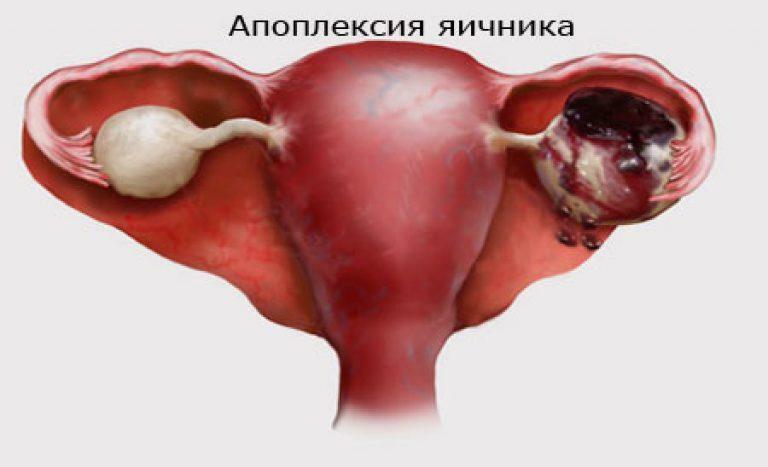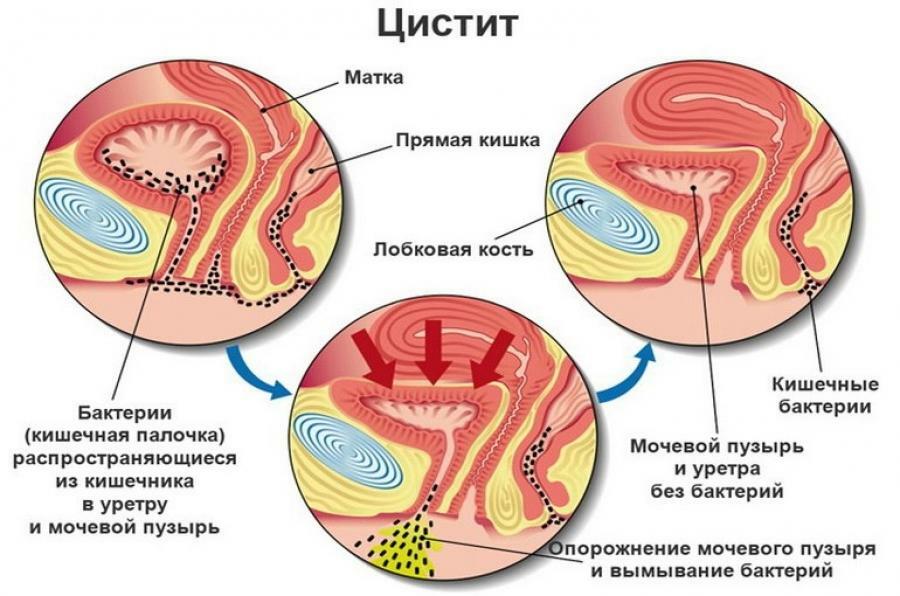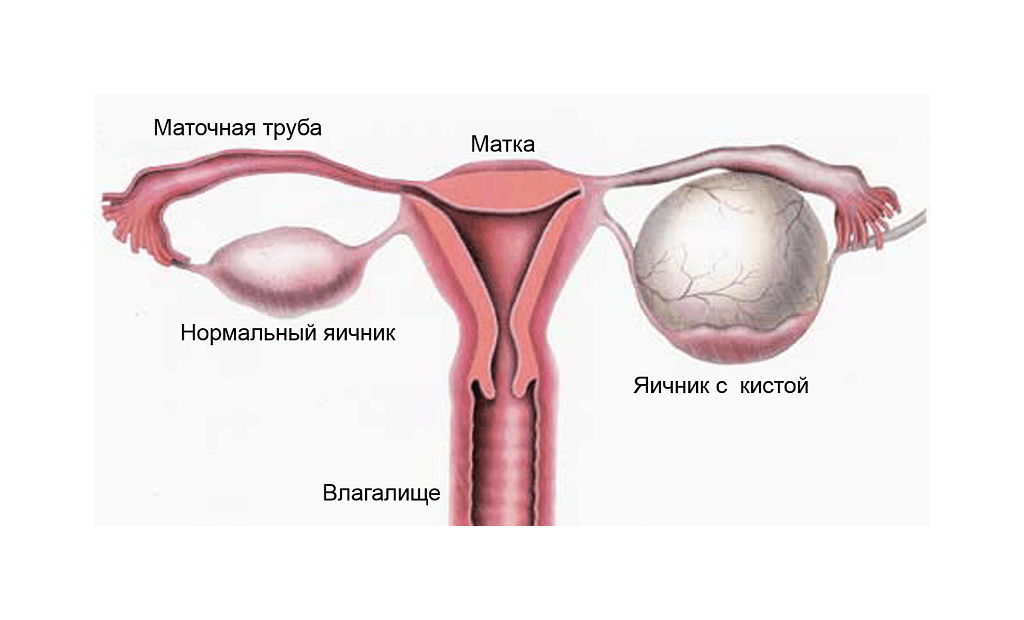Cerebral Palsy is not an independent disease. These terms refer to a group of diseases or symptom complexes that lead to motor disorders. Children with this condition receive a disability group, and their lives, unfortunately, decrease in quality and duration.
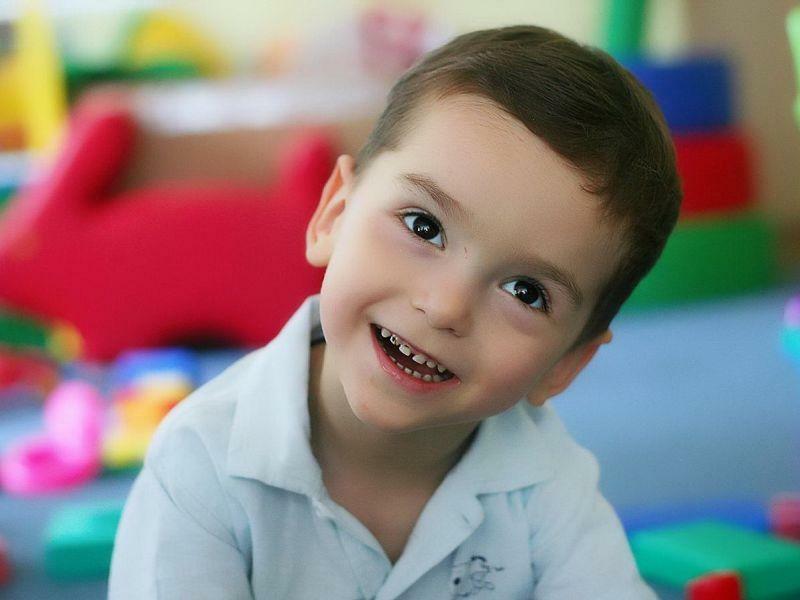
ICP transcript
material Content
- 1 What is cerebral palsy
- 2 reasons
- 3 Symptoms
- 4 forms of cerebral palsy
- 5 Diagnostics
- 6 Treatment
- 7 auxiliary equipment
- 7.1 Video - ICP
What is cerebral palsy
pathology of the nervous system, which appeared in newborns as a result of birth trauma, watched moredoctors of the 19th century. However, then the relationship between symptomatology and the course of pregnancy was only established. Children were born with impaired motor activity, which were manifested by spontaneous jerking of the limbs, limited mobility of joints and developmental lag.
The cause of motor disorders is the pathology of the brain, specifically subcortical areas, bark, capsule or trunk. Cerebral palsy can cause various disorders, the causes of which are also varied and not fully understood. Children with this pathology are born rarely, about 0.2% of newborns.
Important! cerebral palsy is not necessarily inherited, but genetic predisposition can play a negative role.
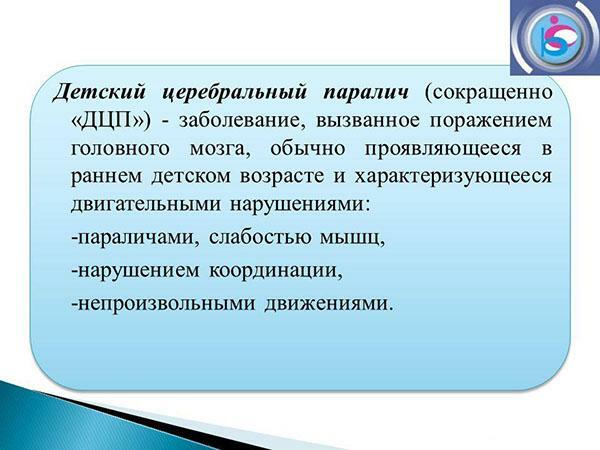
What is cerebral palsy
Causes
The formation of paralysis can be affected by:
- Pregnancy period.
- The first month of a child's life.
- Childbirth.
Statistics show that the emergence of cerebral palsy contributes to several reasons, not one. The layering of adverse factors in the above periods leads to various pathologies and impaired motor activity. The majority of disorders occur during fetal development, a significant proportion also includes birth trauma.
Important! Prematurity is the main cause, which leads to half of all cases of diseases. Therefore, it is very important to inform the child and give birth on time, even if the possibilities of modern medicine allow the release of 30-week-old children.

Causes of cerebral palsy
Causes contributing to the appearance of cerebral palsy:
- Hypoxia of the child .This state can lead to severe pregnancy( infection, toxicosis, placental pathology), resulting in the child's brain is not fully developed.
- Birth injuries .More often they are just a continuation or a consequence of the pathology of the fetus, which appeared in utero. Unexpected situations during childbirth( narrow pelvis, weakness of labor, prolonged anhydrous period, rapid delivery) rarely cause cerebral palsy. However, complications during childbirth( asphyxia, mechanical compression) can lead to pathologies in the child.
- Hemolytic disease of newborns .Any cause of jaundice leads to intoxication of the child's brain.
- Diseases of the mother .Heart problems, obesity, diabetes, rubella, medication, stress, physical trauma, infection, toxic damage - all this can affect the formation of the brain and the conduct of nerve impulses.
- Heavy pregnancy .Rhesus-conflict, infections, threats of interruption lead to the formation of pathologies in the fetus.

Proven reasons for the occurrence of VSD
Symptoms
The clinical picture depends on the degree and nature of brain damage. With the progression of the disease, the symptoms become more pronounced and pronounced. Among the main symptoms can be identified:
- Increased muscle tone.
- Convulsions.
- Spontaneous movements.
- Problems with sight and hearing.
- Delay in speech and development.
- Uncontrolled bowel movements.
- Contractures of joints and deformations of the skeleton.

Statistics of cerebral palsy
Cerebral Palsy
Forms of cerebral palsy
According to the international classification, several forms of cerebral palsy are distinguished, which are given in the table below:
| Form | Symptoms | Causes of |
|---|---|---|
| Spasmodic tetraplegia is the most severe form, the possibility of self-service is excluded | All four limbs are affected, eyesight, hearing,speech, cognitive perception. Attacks of epilepsy in such patients are recorded in 50% of cases. The child has deformities of the body, limbs, the work of the cranial nerves is broken | Abnormal development of the brain; hypoxia and death of neurons; intrauterine infections |
| Spastic diplegia is the most common form of | Muscle work is broken on both sides with the predominance of pathology of the lower limbs. Children lag behind in speech and mental development, there is a decrease in intelligence. Dysfunction of the cranial nerves leads to hearing and speech impairment, strabismus. A special feature is the possibility of such a child for a full social adaptation of | Primarily in preterm infants |
| Hemiplegia is the second most common. | Unilateral paralysis with predominance of abnormalities in the arm. The development of the child is delayed, both in the mental and in the speech direction. The degree of adaptation in society depends on the stage of the patient's development. Possible epileptic seizures | Hemorrhagic infarction; cerebral anomaly; intracerebral hemorrhage |
| Dyskinetic | Involuntary movements of the limbs, trunk, face. The child has a hearing disorder and oculomotor disorders. The intellect can be kept normal, which provides many patients with a normal social adaptation | Hemolytic disease with severe jaundice; pathology structure of the extrapyramidal system |
| Ataxic | Muscle tone is significantly reduced, motor disorder and inconsistency of movements are observed. Intelligence can develop normally | Damage to the cerebellum; heredity; lesions of the frontal lobes( often with birth injuries); developmental anomaly; hypoxia |

Forms of cerebral palsy
Important! Mixed forms of cerebral palsy are also possible, in which damage to all brain systems responsible for motility can occur.
Diagnosis of
Cerebral Palsy manifests itself as apparent disturbances in motor activity, so it is not difficult to observe pathology. To make an accurate diagnosis of a child, an MRI is performed, a risk group and hereditary factors are evaluated. An experienced doctor should distinguish cerebral palsy from clinically similar diseases.

Public aid organizations for children with cerebral palsy
Treatment for
There are no drugs for getting rid of cerebral palsy yet. Treatment consists in the maximum development of the child's abilities, its adaptation to the society and possible correction of the symptoms. Motor functions try to normalize, and concomitant diseases - to cure. In complex treatment is applied:
- Massage and therapeutic gymnastics with special adaptations.
- Work with a speech therapist.
- Conversations with a psychologist.
- Muscle relaxants.
- Surgical interventions that improve the functionality of muscles and tendons.
Important! If it is possible to eliminate the cause of cerebral palsy, it must be done. With the timely elimination of the forecast is much more favorable.

Treatment of cerebral palsy
Supporting technique
Children with cerebral palsy are difficult not only to stand, but also to sit. To facilitate the state and a more comfortable life, there are various devices widely used by this category of patients:
- Special mobile seats, walkers, wheelchairs have been developed for mobile movement.
- For the physical development of the child there are bicycles, verticalizers, special shoes.
- For the convenience of hygiene procedures, you can buy toilet seats or special seats in the bath.
The abundance of modern technology can greatly facilitate the life or care of a child. For example, walking chairs are specially designed, equipped with a hood, a table, special belts. There are strollers with electric drive.
Important! Patients need constant care to alleviate their life and prevent dystrophy of skeletal musculature.
Complications of cerebral palsy can be multiple joint deformities, convulsions, difficulty swallowing. Problems with muscles and joints cause the patient constant pain. Permanent care requires a lot of time, moral and financial costs for someone who cares for a special child. Prevention of cerebral palsy is the timely examination and elimination of the causes that can cause a similar symptom complex.

